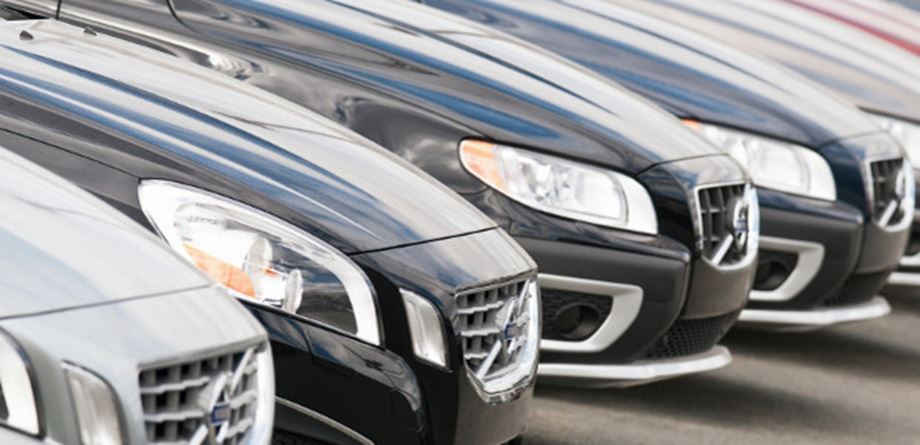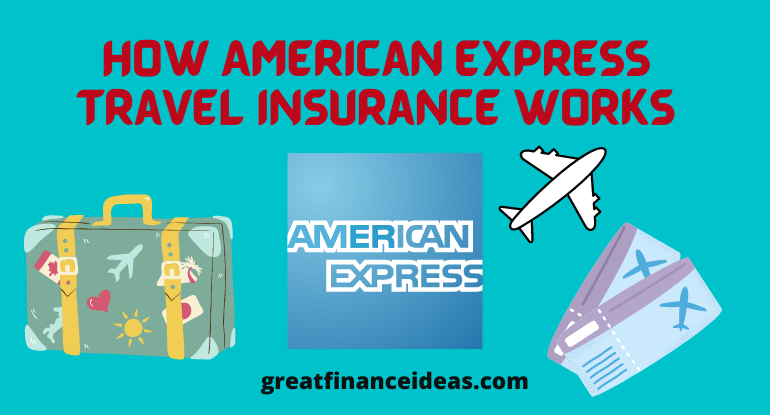Purchasing a brand new car is an expense that not everyone can pay for out of pocket; it often requires financing. If the vehicle is totalled or stolen, you still have to pay the outstanding loan amount, besides buying or renting another car to compensate for the loss.
Any time we go out of our way to buy a new car considering its cost, in most cases, we opt for financing. In an event that the said car is totalled or stolen, the owner is left with no choice rather but to pay the outstanding loan amount even after purchasing or renting.
It is in light of these that, standard car insurance policy is here to help pay for such expenses including the new car replacement coverage.
Guaranteed Asset Protection (GAP) as an insurance company is all out to offer you policy coverage that could cover the difference your claim payout could not cover in situations where your vehicle is totalled beyond repairs and the depreciated value that is less than what you still own on the loan.
In summary, this is an optional endorsement that pays the difference between the loan amount and the depreciation of the vehicle.
Table of Contents
What is Gap Insurance?
GAP insurance is that optional vehicle insurance coverage that covers the ‘gap’ between the owed amount on a car and its Actual Cash Value (ACV) when it is totalled, stolen from a covered claim, or even when damaged.
Are you looking for a favourable car insurance policy for your new car or planning to have one on your lease car? Check further to know how GAP insurance work and whether it is the best option for you or for your friend and where to buy either.
Being an optional coverage for drivers, dealers are expected to offer gap insurance at the purchasing point and this is applied in some states.
A gap insurance offer tends to balance up for the difference between what you owe on your car and its current market value. For example, if you are involved in an accident and your vehicle is damaged in a way that can’t be repaired, but to be replaced.
While you owe $18,000 on your auto loan but the vehicle worth is only $15,000.
The position of Gap insurance now is to cover the $3,000 difference between what you owe on your car and its current market value after deductibles are made. Though in certain situations, some policies may cover the deductible.
Gap specifically deals with only cars whose models are less than a year older and new cars only, and until those cars are considered totalled or stolen with exceptions on damages, accidents, repairs, or even if the financed amount is higher than the value of the vehicle.
This also can’t help you in purchasing a new car. Therefore, you only need a new car replacement coverage that can help to cover the expenses of a new vehicle.
Read also: MetLife Insurance Complete Review of Car Insurance, Home Insurance and Farmers Insurance
How much is Gap Insurance?
There are some basic places such as the dealership or lender at which the car can be financed, or it can also be done directly from an auto insurance provider. Gap coverage basically is indeed more expensive at the dealership or lender when adding it to your car insurance policy.
Certain factors could spice up your gap insurance cost in determining your vehicle’s actual cost value (ACV), geographic location, age, and auto insurance claim history.
Looking for Gap insurance, find out more from your auto insurance whether they deal with Gap insurance and if yes, how does it work and at its cost as well as its suitability to your situation.
Where to buy Gap Insurance
Though certain auto insurers don’t deal with Gap insurance like Geico, while others do with a variation on the protection offered and how it works. Take a look at these few options:
#1. USAA: This is auto insurance that is exclusively available to active and former military and their family members. It offers to cover total loss protection for cars that are less than seven years old with a car loan of more than $5,000. USAA refunds are up to $1,000 of a deductible.
#2. Nationwide: Gap insurance offered by Nationwide does not renounce your deductible when a claim is filed, therefore, tread with courtesy whether your deductible is low enough that you can afford it in case of a total loss.
#3. State Farm: This is considered the largest auto insurer in the U.S., though, State Farm offers doesn’t cover gap insurance but they share some characteristics called Payoff Protector, which anyone getting a car loan from a State Farm bank (an alliance with US Bank) is eligible for.
The Payoff Protector can only be applied for full coverage car insurance, and remember this policy does not necessarily have to be underwritten by State Farm. Even if your auto insurance policy is written by a different insurance carrier, if your loan is from State Farm, you are eligible for Payoff Protector at no additional cost.
#4. Progressive: This has a 25% coverage of the vehicle’s actual cash value. This allows you to enjoy a gap insurance coverage bundled in addition to the policy you have with the company at $5 per month.
#5. Allstate: Allstate gap program priority is not on the difference between a primary auto insurance settlement and the outstanding balance owed on a vehicle but rather it waives covered losses up to $50,000 and reimburses a deductible payment.
The deductible is the amount of the claim you are responsible for and is subtracted from your insurance payout at the time of a loss.
#6. Esurance: Esurance sees gap insurance to mean auto loan and lease coverage. The only way you can qualify for this coverage is only if you are leasing or paying off a financed vehicle and have full-coverage insurance.
#7. AAA: This provides gap coverage for vehicles that are fully covered and additionally the optional comprehensive and collision insurance. The insurer will waive up to $1,000 of your deductible if your car is declared a total loss.

Is Gap Insurance worth it?
For auto insurance companies or lenders applauds to Gap insurance for new cars is a clear indication of the gap insurance worth:
- The length of auto loan is 5-years or more
- There is a high interest rate on the loan due to the principal on the vehicle which will take longer to pay down versus the depreciation
- There is a minimal down payment of 20% or below to be paid
Circumstances that gap insurance may not be applied include:
- If there is a huge down payment
- When the initial loan term is short like three years or less.
Gap insurance provides an option for the cancellation of the coverage any time you deem necessary. You may choose to take the risk of cost in the case you are unsure of the worth of gap insurance.
Gap insurance is economical and as such, it can be an added advantage to your existing full-coverage policy for a reduced cost in a year. Though, this may be indeed less than the difference between your car’s value and what you owe in an event of a major accident.
Gap Insurance for Leased Cars
There is always a depreciation on leased vehicles whether on cars or SUVs. When you have a reasonable amount on your total lease payment, there is a tendency to owe more than the vehicle is worth in case of an accident.
This can be necessary only if you did not commit much money. Using gap insurance coverage in a situation like this is the best financial decision to make.
This approach helps in comparing the total cost in addition to tax-related affairs that can be rolled into the lease. Note that vehicle’s MSRP help in determining whether you have a gap.
The difference between what is owed and the car’s worth declines as payment is made monthly while the car depreciates. This signifies little or no coverage is needed for your entire lease period. This may be needed in a few months, depending on your lease agreement.
Frequently Asked Questions
How do I get the best deal on gap insurance?
Though, Gap insurance policy via dealership proves to be costly to many drivers while others see it to be a convenient option.
To deal with auto insurers and companies that concentrate on gap insurance will be an added advantage on your existing car insurance carrier. People with full coverage can be able to add gap insurance for a minimal annual cost.
Do you get money back from Gap Insurance?
You can get money back from gap insurance provided you pay a vehicle loan off in full early and this can guarantee you a refund of the unused portion of your gap insurance.
Some states require insurers to refund the premiums if, for example, a 36-month loan with gap coverage for 36 months is paid in 24 months.
There are situations where an insurer may not let you know if you are due a refund. Make sure to keep your payoff letter, the original contract, or insurance information.
It is pertinent to know the insurer’s refund policy before getting gap insurance. It could be helpful to contact your state commerce department or insurance commissioner’s office to learn about your state’s regulations beforehand, or what to do if your insurer refuses to issue a refund.
How does Gap Insurance work if your car is totaled?
Gap insurance provides financial protection for the gap between the actual cash value of a vehicle at the time of total loss claim and the current amount still owed on an auto loan. Total loss can vary by state law and/or by the insurance provider.
Do I need Gap Insurance if I have full coverage?
While you might feel like your auto insurance coverage is robust, auto insurers typically do not offer anyone a policy called “full coverage” that is designed to protect you against every possibility.
Instead, you can get more protection by layering different types of coverage (e.g., liability, collision, comprehensive) together.
Adding gap insurance to existing coverage can be an excellent way for some drivers to have greater peace of mind. However, coverage needs and benefits will vary widely by the driver.


